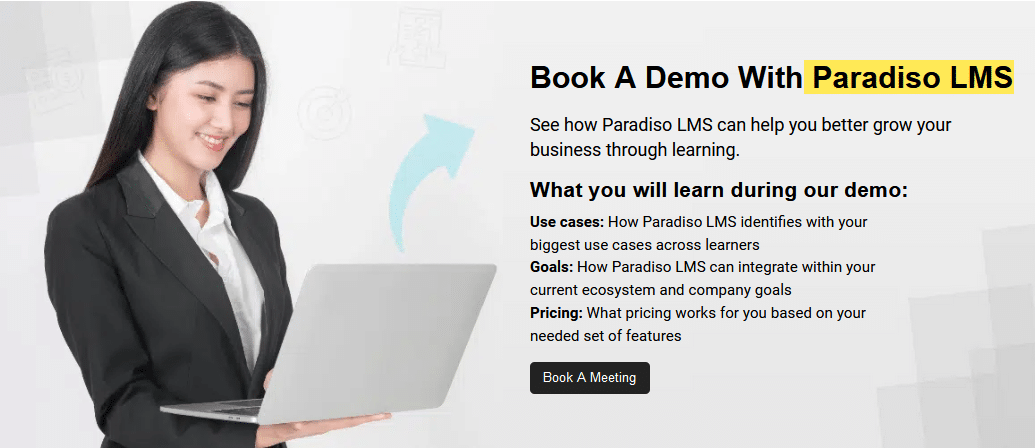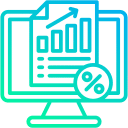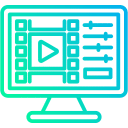Enhancing Employee Integration: The Power of Effective Onboarding
Effective onboarding plays a vital role in successfully integrating new employees, setting a positive tone for long-term engagement and productivity. When new hires feel welcomed, informed, and prepared, organizations can reduce turnover and accelerate their contribution. In today’s competitive job market, the way onboarding is conducted greatly influences its success. Companies often weigh the benefits of dedicated onboarding software against traditional manual methods—a decision that impacts efficiency and overall employee experience. This article explores the importance of onboarding and compares digital tools with manual approaches to help organizations choose wisely.
What Is Manual Onboarding?
Manual onboarding refers to the traditional approach where organizations personally guide new hires through face-to-face training, printed materials, one-on-one meetings, and in-person orientation activities. Typically managed by HR or managers, this process involves customized procedures that require significant human effort to coordinate and execute. Although it allows for personalized interaction and tailored experiences, manual onboarding is labor-intensive, relying heavily on organizational memory and timely execution.
Advantages of Manual Onboarding include:
- Personalized interactions that build strong relationships and address specific questions.
- Flexibility to adapt training content based on individual backgrounds or departmental needs.
- The opportunity to foster a sense of belonging through direct engagement.
Challenges of manual onboarding encompass:
- Time-consuming processes with potential inconsistencies across sessions.
- Resource-heavy efforts that may lead to errors or missed steps.
- Limited scalability, making it difficult for growing organizations to manage increasing onboarding demands.
- Difficulty in tracking progress or gathering feedback for continuous improvement.
Onboarding Training Software: An Emerging Solution
Recognizing the limitations of manual onboarding, many organizations turn to onboarding training software—digital platforms designed to streamline integration, boost engagement, and improve retention. These systems incorporate features that automate workflows, deliver interactive content, and provide valuable analytics, transforming how companies onboard new employees.
Key Features of Onboarding Software
- Automated Workflow Management: Simplifies administrative tasks like document signing and training schedules.
- Interactive Content: Uses videos, quizzes, and gamification to make onboarding engaging.
- Personalized Learning Paths: Tailors onboarding experiences based on role or department.
- Real-Time Analytics & Reporting: Tracks progress, engagement, and compliance.
- System Integrations: Connects with HRIS, communication tools, and other apps for seamless onboarding.
Benefits of Digital Onboarding Tools
- Increased employee engagement through immersive, interactive learning.
- Faster onboarding, enabling new hires to contribute sooner.
- Higher retention rates due to positive initial experiences.
- Cost savings by reducing printed materials and in-person training expenses.
- Consistent, compliant onboarding across departments and locations.
Technological Innovations Boost Engagement and Retention
Advanced onboarding platforms leverage multimedia, mobile accessibility, social collaboration, and analytics to foster loyalty. These features enable a flexible, personalized onboarding experience that meets modern workforce expectations, especially for remote and hybrid teams.
Popular Platforms Shaping Modern Onboarding
- SAP SuccessFactors Onboarding: Offers extensive talent management with customizable workflows.
- Workday Onboarding: Focuses on user-friendliness and automation for consistency.
- BambooHR Onboarding: Ideal for small to medium-sized firms seeking simple, affordable solutions.
- UL Traxpoint: Features social collaboration tools to foster community.
- Paradiso LMS: Supports scalable, interactive, and trackable onboarding processes—perfect for organizations seeking versatile solutions.
Manual vs. Software-Based Onboarding: A Comparative Analysis
Choosing between manual onboarding and onboarding software depends on organizational size, goals, and resources. Here’s a comparison across key aspects:
Efficiency
Software automates repetitive tasks, provides consistent content, and supports self-paced learning—reducing onboarding time by up to 30%. Manual onboarding, involving in-person sessions and paper documentation, tends to be slower and more inconsistent.
Cost
While digital onboarding entails initial costs for licenses and setup, it generally lowers ongoing expenses by minimizing printed materials and administrative efforts. Manual onboarding can be more costly long-term due to repeated in-person sessions and logistical requirements.
Scalability
Digital platforms easily accommodate growing headcounts, allowing multiple tracks and rapid content updates. Manual processes become resource-intensive as organizations expand, risking delays and bottlenecks.
Customization
Software offers personalized learning paths and interactive modules that reflect job roles and culture. Manual onboarding depends on individual trainer effort, risking variability and inconsistency.
Success Measurement
Digital tools provide analytics to track progress, completion rates, and assessments—supporting data-driven improvements. Manual onboarding relies on subjective feedback, limiting precise measurement.
🚀 Ready to See Paradiso LMS in Action?
Let’s show you how Paradiso LMS can work for you.
Why the Right Onboarding Approach Matters
Effective onboarding boosts productivity by up to 70%, reduces early turnover, and accelerates cultural integration. Conversely, poor onboarding can lead to disengagement, frustration, and higher costs due to turnover or delays.
Growth and organizational complexity often necessitate shifting from manual to digital onboarding. Warning signs include increased onboarding volume, inconsistent experiences, prolonged ramp-up times, or compliance issues.
Transitioning smoothly involves assessing pain points, selecting user-friendly platforms with integration, and continuously gathering feedback. Hybrid models combining structured, social, and digital elements typically deliver optimal results.
Paradiso LMS: Your Partner in Modern Onboarding
Paradiso LMS is an all-in-one platform designed to design, deliver, and track engaging onboarding experiences. Key features include personalized learning paths, multimedia support, automation, mobile access, integration capabilities, and analytics dashboards.
How Paradiso LMS Enhances Onboarding
- Facilitates personalized onboarding journeys aligned with roles and culture.
- Supports multimedia content for engaging, flexible training.
- Automates workflows and reminders to reduce administrative workload.
- Enables remote onboarding, ideal for distributed teams.
- Provides comprehensive analytics for continuous process improvement.
Success Story: Tech Innovators Inc.
By adopting Paradiso LMS, Tech Innovators cut onboarding time by 30%, increased satisfaction scores by 25%, and shortened time to productivity by two weeks, exemplifying the platform’s transformative impact.
Getting Started with Paradiso LMS
- Define onboarding objectives aligned with company culture.
- Create engaging, multimedia content relevant to roles.
- Leverage automation for scheduling and reminders.
- Train administrators and managers on platform usage.
- Collect feedback for ongoing improvement.
Conclusion: Crafting the Perfect Onboarding Strategy
Choosing the right onboarding approach depends on your organization’s size, culture, and growth plans. Combining structured programs with social and digital elements often achieves the best results.
Each method offers unique benefits: traditional onboarding ensures compliance; social onboarding fosters relationships; digital onboarding provides scalability and flexibility. The ideal strategy balances these aspects to enhance engagement and retention.
For organizations seeking a scalable, engaging, and data-driven onboarding experience, platforms like Paradiso LMS deliver the tools needed to streamline and elevate the onboarding journey, ensuring every new hire starts strong and stays committed.












